Body Vessel Clay – Two Temple Place, London
A review of Body Vessel Clay at Two Temple Place, a mansion built for William Waldorf Astor near the Thames in Central London. With works by three generations of Black female artists working in clay, this is a revelatory exhibition.
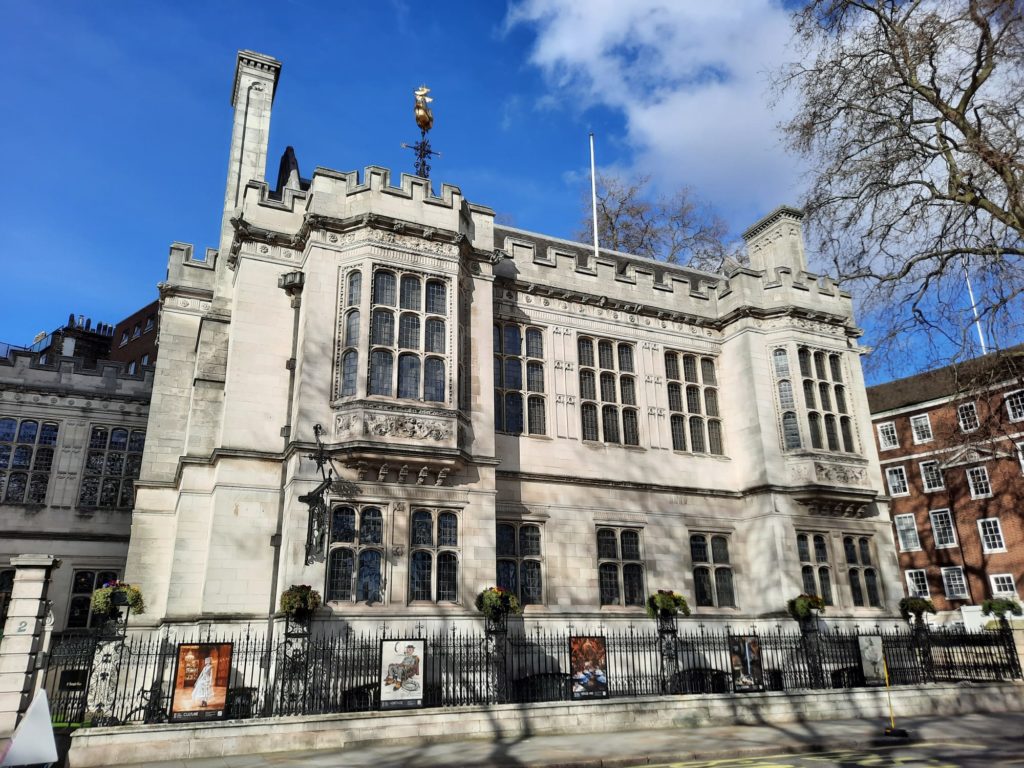
Body Vessel Clay
The last time I was at Two Temple Place was just as things were reopening again in mid-2020. You can read all about it here; seeing this impressive building without an exhibition was actually a good introduction in hindsight. Returning almost a year later, I was able to get a completely different view of Two Temple Place as an exhibition space. And even better, this fascinating exhibition, by independent curator, researcher and writer Dr. Jareh Das, is free to visit.
Body Vessel Clay is subtitled Black Women, Ceramics & Contemporary Art. It showcases work by three generations of Black women who worked in clay. It also tells a story about the fusion of traditional techniques and shapes with a modern or contemporary aesthetic. This is a frequent story when dealing with ceramics, where the basic techniques date back many thousands of years. But that it here incorporates questions of race, gender, and how the art establishment values traditional vs. contemporary aesthetics when it comes to global majority artists, means you suddenly have yourself quite a complex narrative.
This is in fact a relatively small exhibition. It’s thus not possible to fully mine all of these rich seams of enquiry. But this intersectionality does seem to be the perspective which underlies it, and gives it depth beyond the works themselves. And some fine works there are. The exhibition charts an arc from 1950s encounters between African ceramicists and British studio potters, to contemporary artists responding to clay in unexpected ways. I didn’t expect to see short films as part of a ceramics exhibition. But this breadth in the selection of artworks makes the exhibition an exciting one. Let’s have a look at some of these women and their work in more detail.



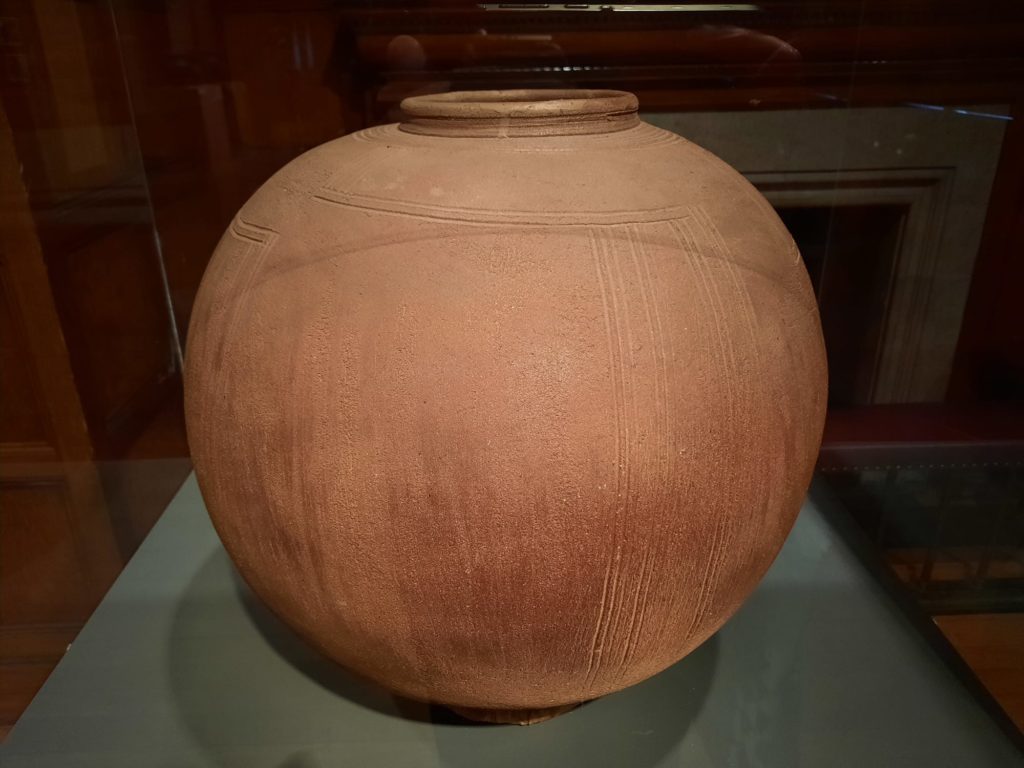
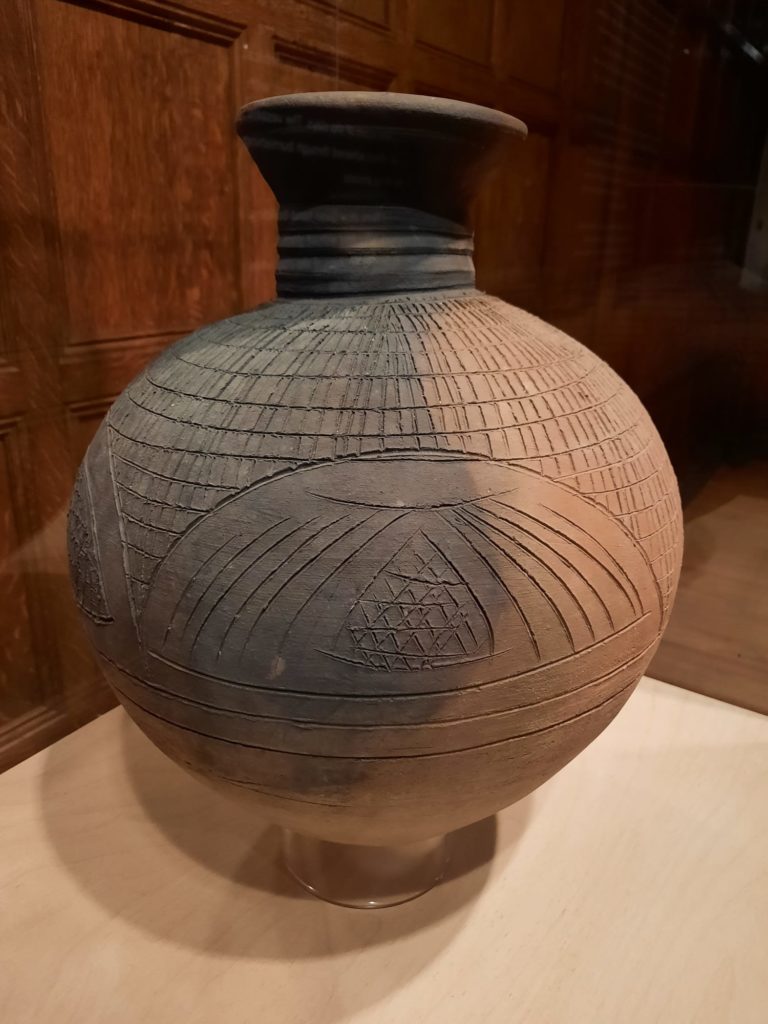
Black Women, Ceramics & Contemporary Art
This is an exhibition which takes a few key artists, and builds comparisons and narratives around them. Up first is Ladi Kwali. Kwali, a potter in the Gwari tradition from Northern Nigeria, was already a noted artist when Michael Cardew encountered her work in the collection of the local Emir in 1951. He invited her to be the first female trainee at his Pottery Training Centre in Suleja (then Abuja). She became its star, exhibited and travelled internationally, and received an OBE. Many of her vessels are on display here. They demonstrate a melding of graceful forms with strong designs from Gwari and Western traditions. You can see why she appealed so much to the studio pottery world.
There is quite a lot here about Cardew and the Pottery Training Centre. I didn’t quite know what to make of it. On the one hand it is such a clear product of a colonial government, looking to align local people and traditions with what they considered to be modern and correct. On the other hand it resulted in dialogues between artists that would not otherwise have existed. It reminded me of the artists featured by Michael Armitage in his exhibition at the Royal Academy, some of whom attended mid-century programmes run by British teachers. The structure feels uncomfortable, while the resulting artworks are captivating.
A success of Ladi Kwali’s participation in the Pottery Training Centre in particular was that it encouraged Cardew to take on more women as trainees, some of whose work is seen here. He had initially started with male trainees despite the local pottery tradition being a female one. So as well as Kwali, we see works by Asibe Ido, Danlami Aliyu and others. This first generation (or at least this selection of their works) is very much marked by the fusion with the studio pottery then emerging in Britain.
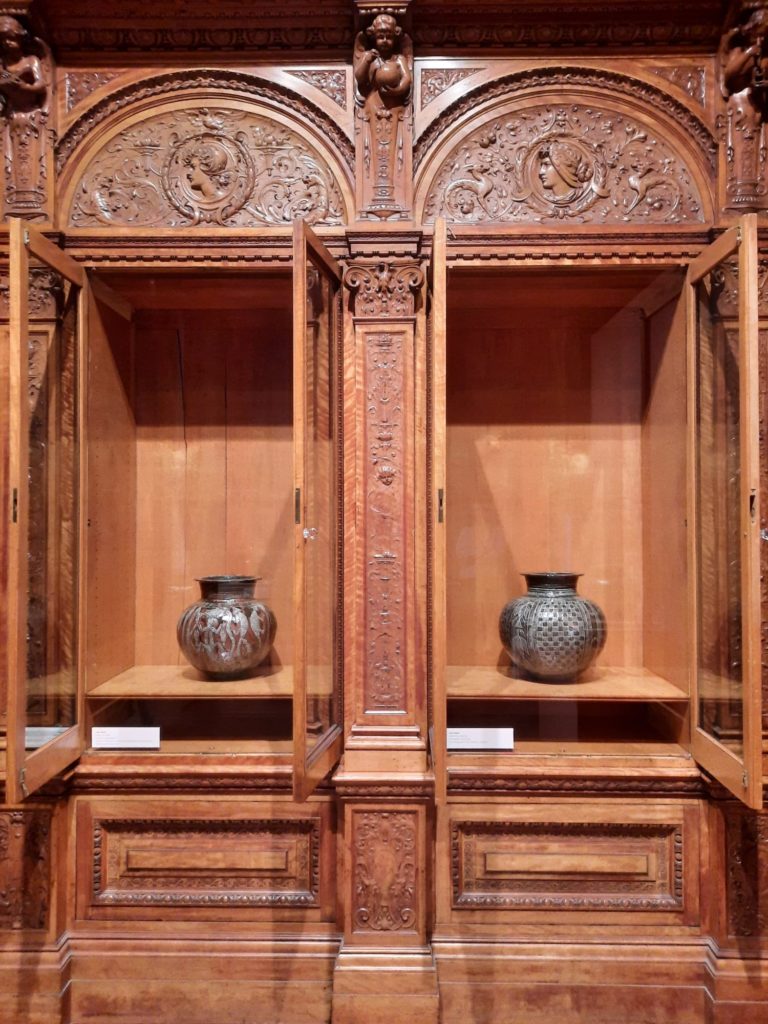

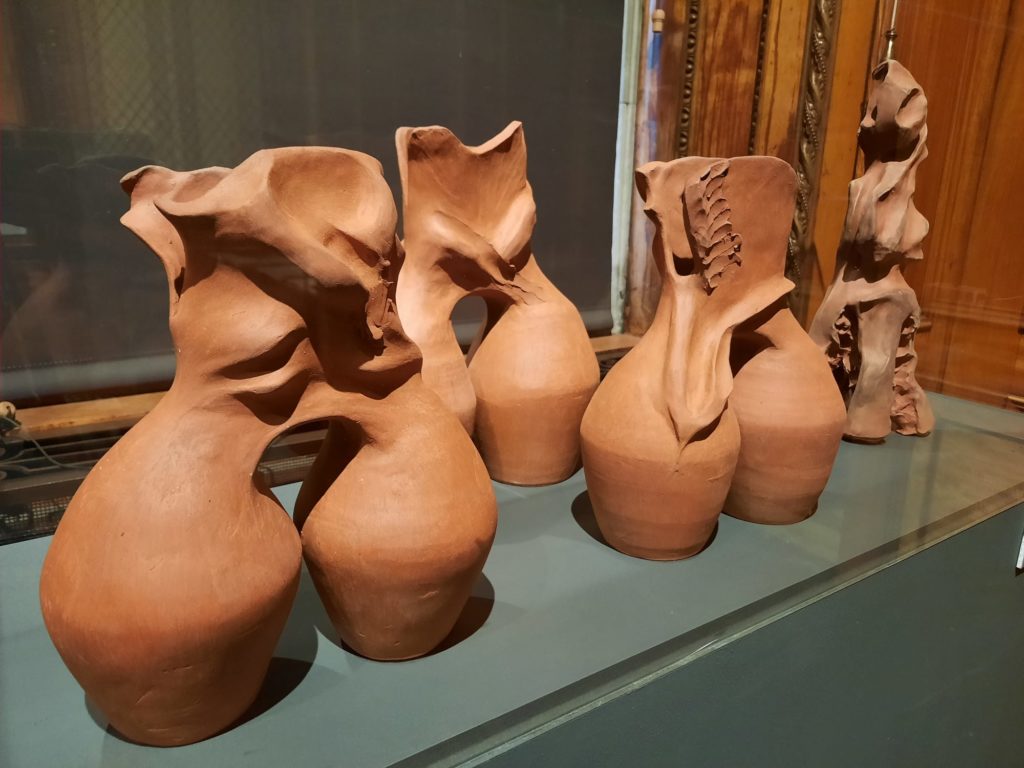
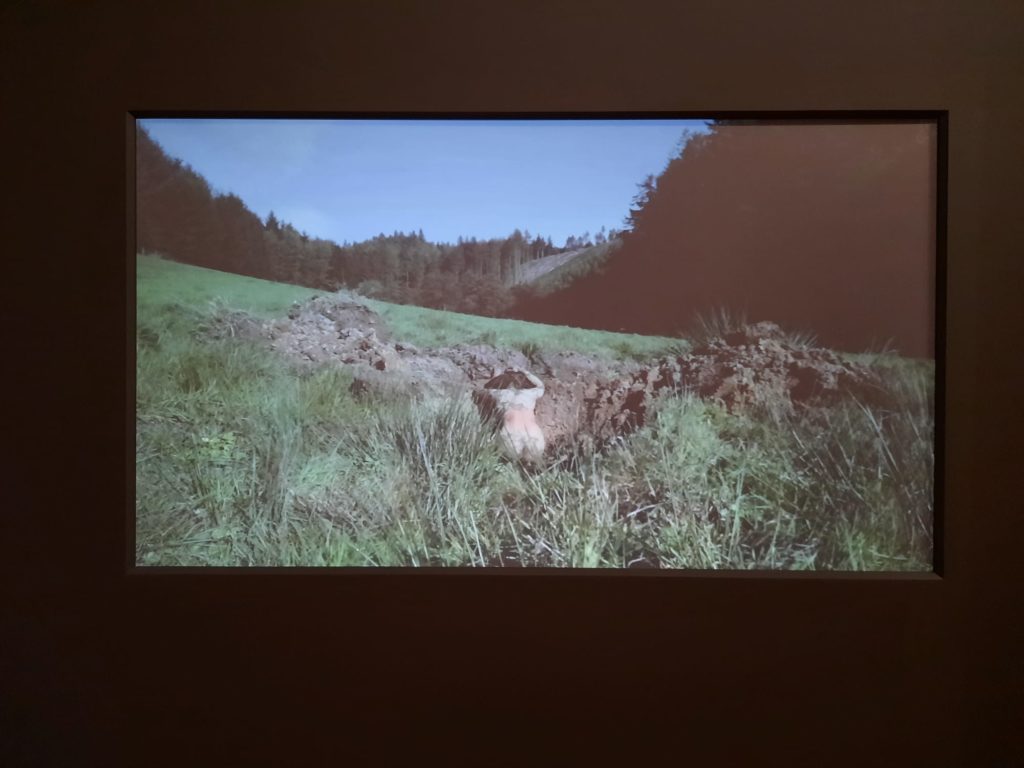
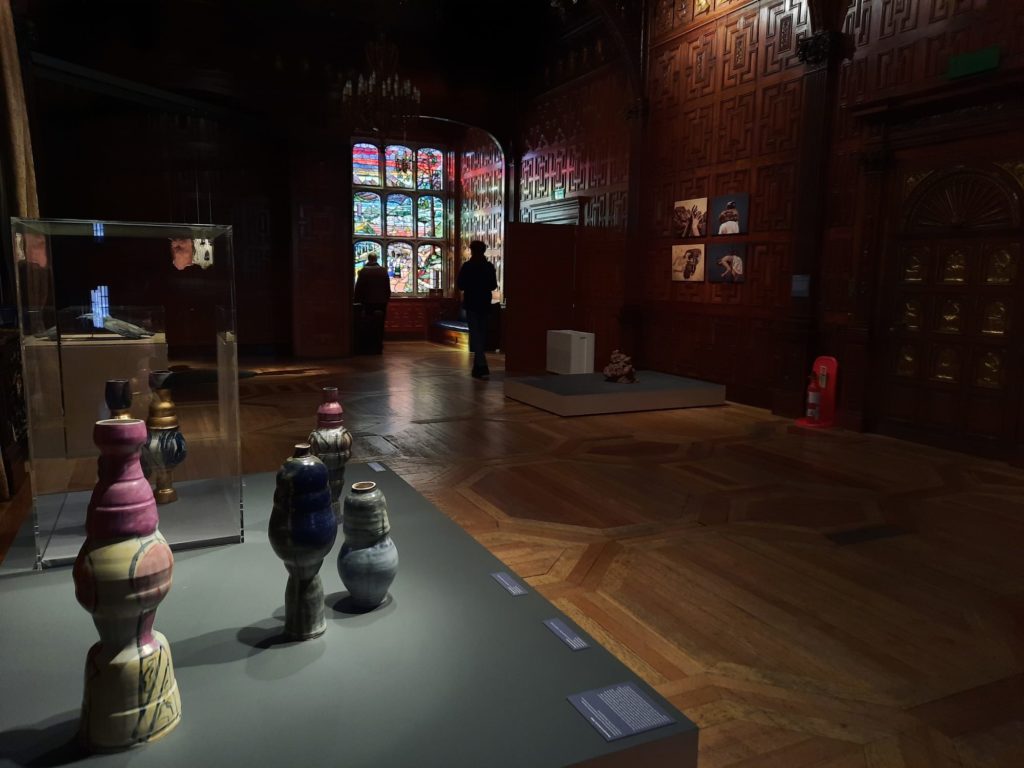
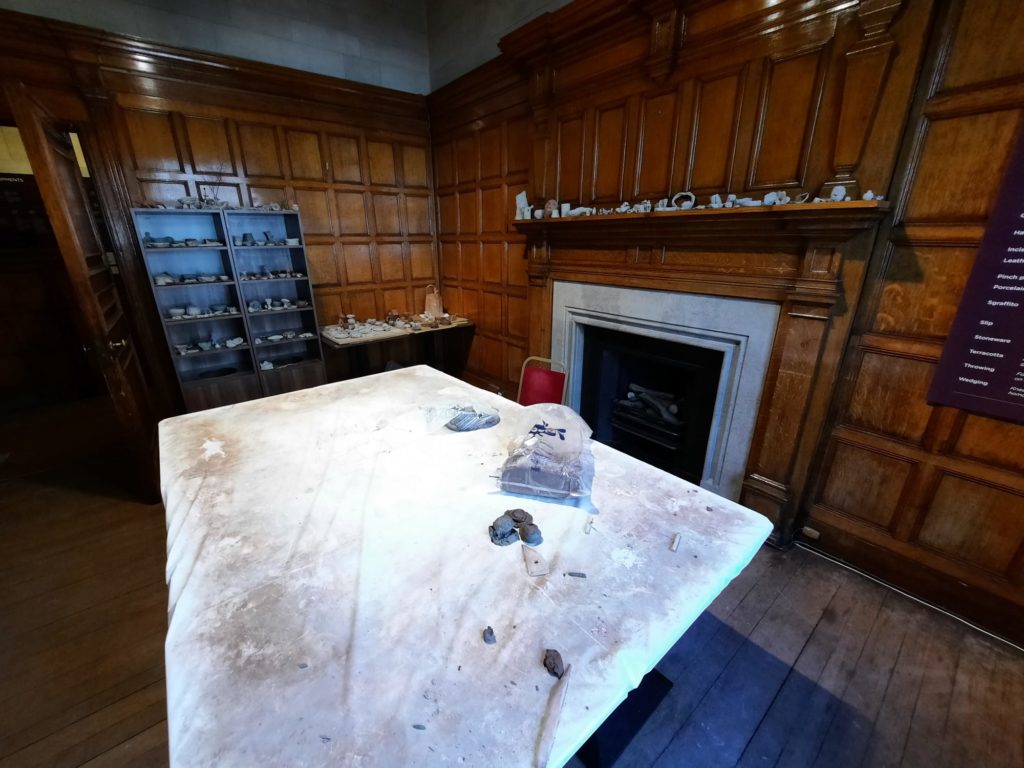
Second And Third Generations
Moving past this first emergence of contemporary ceramics by Black women artists (accepting that contemporary is probably a loaded term here), we find some more key figures through which to explore what came next.
Magdalene Odundo is perhaps foremost amongst the second generation. Educated in India and Kenya, she moved to England in 1971. Interestingly, she also spent time at the Pottery Training Centre as part of her artistic education. She is known for unglazed sculptural forms, using slip clays for variations in colour. I loved seeing see such beautiful examples of her work here. Her vessels are elegant, their soft sheen like a stone worn smooth by contact with skin.
They are shown off to great effect in an upstairs room which bridges the gap between the generations by bringing them together. There are works by Ladi Kwali, Magdalene Odundo and Bisila Noha. Each is very distinctive, yet there are tangible legacies the curator calls ‘matrilineal influences’. An elegant way to bring us into the contemporary period.
In this third generation we have film, installation and performance works. Maybe not a surprise, then, that the final room explores ‘The Politics of Clay’. Work by Jade Montserrat, Julia Phillips, Phoebe Collings-James, Shawanda Corbett and Chinasa Vivian Ezugha is certainly a more radical use of clay than that of the earlier generations. What is consistent, however, is the response of the artist to clay as a malleable substance of limitless possibilities. Some of these artists directly reference the colonial legacy of British studio ceramics and the work of Kwali and others in quotes incorporated in the exhibition texts.
The foregrounding of the female body, explorations of Black feminist writings, historic class divides, and questions of belonging, circle us back to the notion of intersectionality we began with. For me this is a very cerebral exhibition rooted in a very tactile medium. Which makes it all the more intriguing. And for those with a creative bent, it finishes with a Clay Room where you can get stuck in yourself.
Salterton Arts Review’s rating: 3.5/5
Body Vessel Clay on until 24 April 2022
If you see this after your page is loaded completely, leafletJS files are missing.

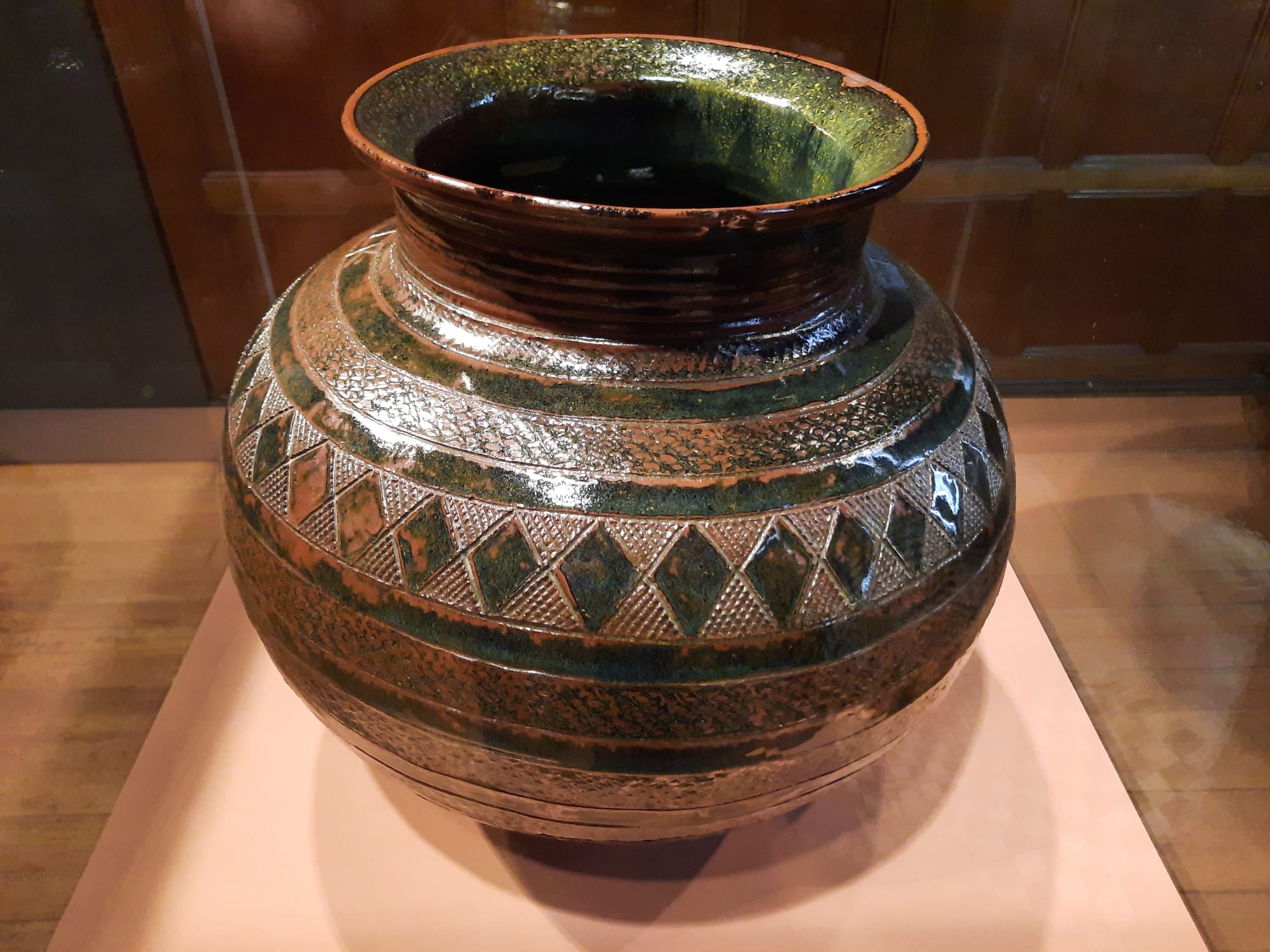
It really makes me wonder what William would have thought!
Indeed! Very good point, I imagine maybe perplexed, and a little annoyed that his nice private office had been overrun by the public.